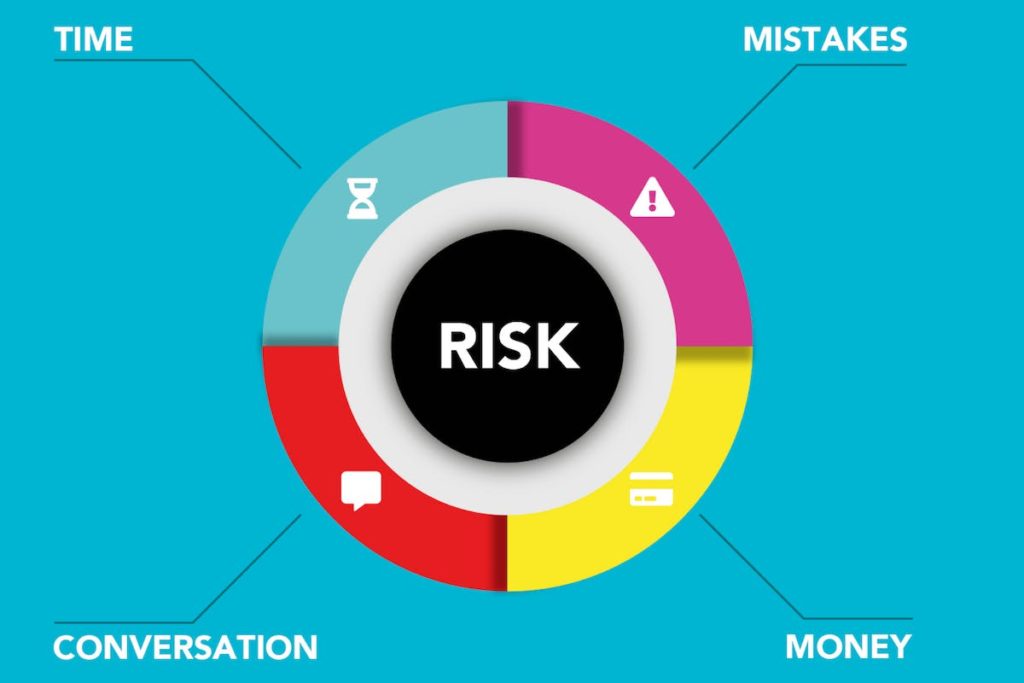In the ever-evolving world of business, encountering risks is inevitable. These risks can stem from a variety of internal and external sources and can impact operations, profitability, and overall success. Understanding business risk examples is crucial for developing strategies to mitigate these challenges. This guide delves into the concept of business risk, providing real-world examples and insights into managing these uncertainties effectively.
Business Risk Examples: Key Takeaways
- Financial Risks: Manage through diversification, credit analysis, and financial instruments to mitigate effects of market volatility and credit defaults.
- Operational Risks: Enhance resilience by investing in technology, improving processes, and conducting audits to handle supply chain and IT failures.
- Strategic Risks: Employ continuous scanning and strategic flexibility to adapt to market changes and align strategies with operational capabilities.
- Compliance Risks: Stay proactive with regulatory engagement, employee training, and compliance integration to navigate evolving laws and standards.
- Reputational Risks: Monitor online presence and commit to ethical practices to protect and enhance brand value against negative publicity and ethical issues.
What is Business Risk?
Business risk encompasses the potential for encountering obstacles that can hinder a company’s ability to achieve its financial goals and operational objectives. This concept broadly covers various types of risks that a business may face during its operations, ranging from financial uncertainties to operational challenges, strategic missteps, regulatory non-compliance, and reputational damage. At its core, business risk is about the uncertainty inherent in the commercial activities and decisions that can lead to reduced profitability or even losses.
Financial risks, for example, relate to the company’s financial health and include issues like fluctuating interest rates, exchange rates, and the risk of default on financial obligations. Operational risks involve the day-to-day functioning of the company and can arise from system failures, supply chain disruptions, or human errors. Strategic risks are associated with the long-term plans and decisions made by the business, where poor strategic choices can lead to failure in achieving business objectives.
Compliance risks stem from the need to adhere to laws and regulations governing the industry, where failure to comply can result in fines, penalties, or legal challenges. Lastly, reputational risks are linked to the perception of the business by customers, partners, and the public, where negative publicity can significantly impact customer trust and the company’s bottom line.
Understanding and managing business risk is crucial for companies to navigate these challenges successfully. This involves identifying potential risks, assessing their impact, and implementing strategies to mitigate or avoid them. By doing so, businesses can protect their assets, ensure stable growth, and maintain a competitive edge in the marketplace.

Financial Risk
Financial risk not only involves currency fluctuations and interest rate changes but also extends to credit risk, where customers or counterparties fail to fulfill their financial obligations. For instance, a retail business extending credit to customers faces the risk of default, which can significantly impact its cash flow and profitability. Additionally, investment decisions can expose a company to market risk, where the value of its investments falls due to market dynamics.
Effective management of financial risk requires a comprehensive understanding of the company’s financial position, market trends, and credit policies. Techniques such as diversification of investments, rigorous credit analysis, and the use of financial instruments like options and futures can help mitigate these risks. By staying vigilant and employing sophisticated financial management strategies, businesses can navigate through financial uncertainties and safeguard their assets against unforeseen downturns.
Operational Risk
Beyond supply chain disruptions and IT system failures, operational risk encompasses human resources challenges and procedural errors. An example includes the risk of losing key personnel, which can disrupt operations and lead to loss of institutional knowledge. Furthermore, procedural errors, such as mistakes in product manufacturing or service delivery, can result in defective products or unsatisfactory services, harming the company’s reputation and financial health.
To combat operational risks, businesses should invest in comprehensive training programs, adopt advanced technology solutions for risk detection and mitigation, and foster a culture of continuous improvement. Regular audits and reviews of operational processes can also identify potential vulnerabilities, allowing for timely adjustments. By prioritizing operational efficiency and resilience, companies can reduce the likelihood and impact of operational failures.
Strategic Risk
Strategic risks also encompass misalignment between a company’s strategies and its operational capabilities or market needs. For example, a technology firm may invest heavily in an innovative product without ensuring it has the operational infrastructure to support its production or market delivery. Additionally, failure to anticipate competitor actions or market shifts can render a company’s strategy obsolete.
Effective management of strategic risk involves continuous environmental scanning, engaging in strategic alliances, and maintaining flexibility in strategic planning. It’s crucial for businesses to cultivate a strategic mindset throughout the organization, encouraging innovation and responsiveness to market changes. By closely aligning strategic initiatives with operational capabilities and market opportunities, businesses can navigate strategic risks more effectively.
Compliance and Regulatory Risk
The scope of compliance and regulatory risk is broadening, with increasing focus on environmental sustainability, digital privacy, and global trade practices. For instance, companies operating internationally must navigate a complex web of trade regulations and sanctions, which can vary significantly from one jurisdiction to another.
The rise of digital business models has also heightened the importance of cybersecurity and data protection regulations. Proactive compliance strategies include engaging with regulatory bodies, investing in compliance training for employees, and integrating compliance considerations into business planning and operations. By adopting a proactive stance towards compliance and regulatory challenges, companies can turn these potential risks into opportunities for demonstrating corporate responsibility and building trust with stakeholders.

Reputational Risk
In the age of social media and instant communication, reputational risk can escalate rapidly, with long-lasting effects on a company’s brand and market position. Beyond negative publicity and customer reviews, ethical lapses, such as failing to address environmental concerns or unethical labor practices, can lead to widespread criticism and consumer boycotts.
Companies must therefore be vigilant in monitoring their online presence, engaging with stakeholders transparently, and responding swiftly to any crises that may arise. Building a strong brand identity and cultivating customer loyalty can also provide a buffer against reputational damage. Additionally, implementing sustainable business practices and ethical operations can enhance a company’s reputation and contribute to long-term success. By managing reputational risks proactively, companies can protect and even enhance their brand value in the face of challenges.
Business Risk Examples: Conclusion
Understanding business risk examples is essential for navigating the complex landscape of modern business. By identifying and managing financial, operational, strategic, compliance, and reputational risks, businesses can not only safeguard their assets but also seize opportunities for growth and innovation. Effective risk management is not about eliminating risk but about making informed decisions that balance potential rewards with the risks involved.
